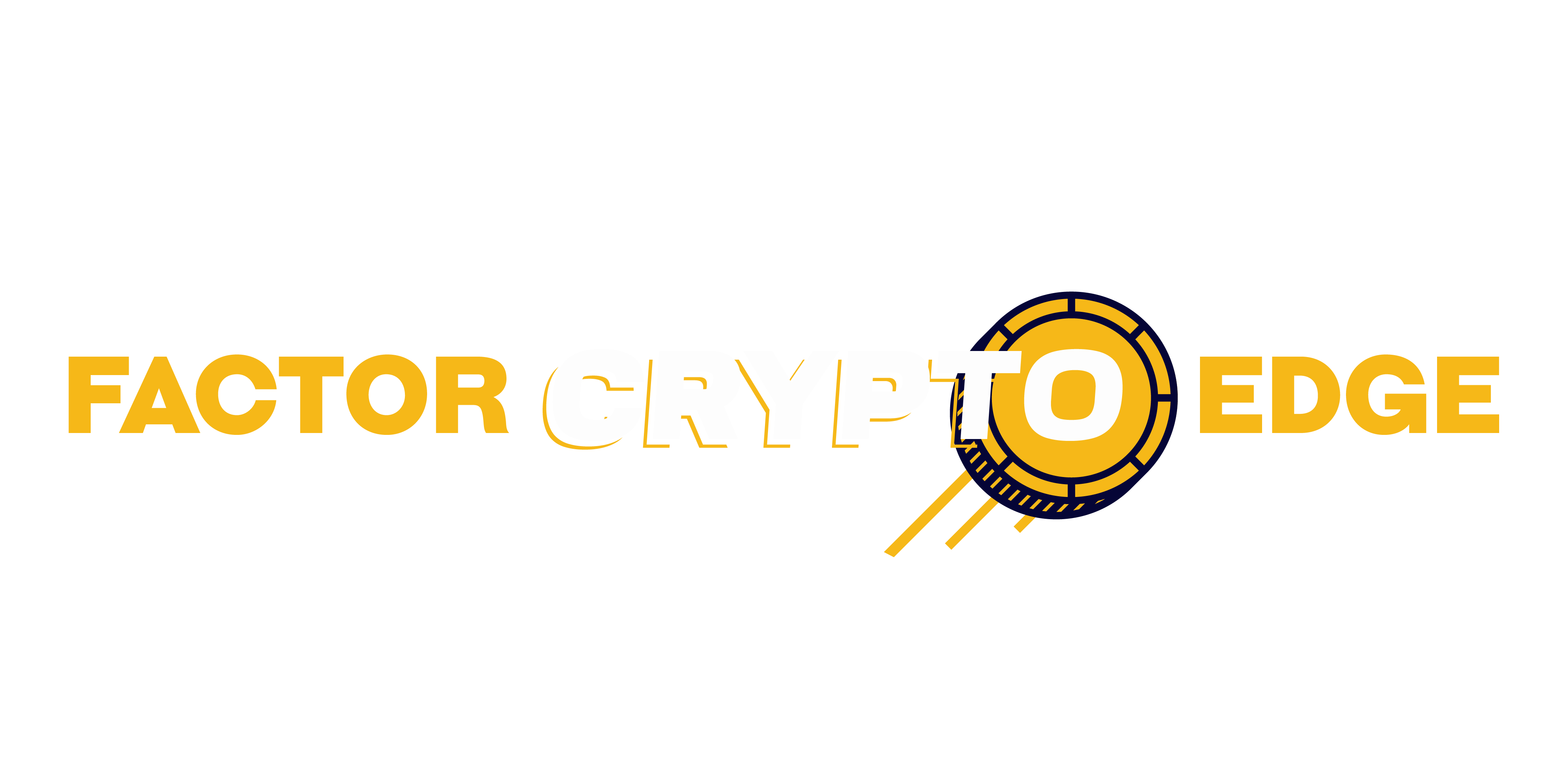What Is Blockchain—And Why It’s More Than Just Crypto
Blockchain is a digital ledger—a system for recording information—that’s shared across a network of computers. Once data is logged in, it’s nearly impossible to alter without leaving a trace. Instead of depending on a single server or authority, blockchain uses a decentralized approach, meaning no one party controls the information.
At its core, blockchain has three defining traits:
- Decentralization – Data isn’t stored in one place; it’s spread across many nodes, which increases security and reduces single points of failure.
- Transparency – Every transaction can be verified by anyone on the network. Changes are tracked in real-time.
- Immutability – Once a block is recorded, it’s locked in. Fraud or tampering becomes much harder because it would require altering every copy of the ledger worldwide.
It’s time to stop seeing blockchain as just a vehicle for Bitcoin speculation. While it started with cryptocurrency, the underlying tech is solving real-world problems in everything from healthcare to logistics. It’s a framework for trust in the digital age—no coins required.
Industry #1: Finance & Banking
Finance is where blockchain stopped being theoretical and started proving itself. In 2024, cross-border payments are no longer slow or expensive—blockchain rails make transactions settle in minutes, not days, with a fraction of the fees. Middlemen are getting cut out, and the user gets a better deal.
Legacy systems are being replaced piece by piece. Smart contracts are automating the boring, error-prone back-office work: loan approvals, trade settlements, insurance claims. No need to trust a human when the code runs it clean and on time.
And this isn’t just startups playing around. Major banks, from JPMorgan to Santander, are rolling out blockchain pilots and full-scale integrations. RippleNet and Ethereum-based platforms are pushing into mainstream banking infrastructure.
Security isn’t an afterthought anymore—blockchain brings auditability and fraud reduction baked into the tech. It’s still not perfect, but improved consensus protocols and zero-knowledge proofs are tightening defenses.
For a deeper look into how blockchain tech is protecting financial transactions, check out Blockchain Security – Protecting Your Digital Transactions.
Industry #2: Supply Chain & Logistics
Supply chains used to be a black box. With blockchain, they’re becoming a glass house. Every step—from manufacturing to delivery—can be logged, verified, and traced in real time, without relying on centralized databases or siloed systems. That means less guesswork, fewer errors, and faster responses when things go wrong.
Authenticity is no longer just a label. Blockchain enables product authentication at the individual item level, making it harder for counterfeit goods to sneak into the system. This isn’t just about high-end fashion and electronics—it’s being applied to food, medicine, and even auto parts. When a customer scans a code and sees where each product came from, trust goes up.
Take agriculture. A blockchain-based platform tracked avocados from organic farms in Mexico all the way to shelves in U.S. supermarkets. Retailers got insights into transit times and storage conditions. Shoppers got transparency. And farmers, often the weakest link in the chain, ended up with more negotiating power.
Then there’s inventory. Companies are cutting waste by syncing supply data across vendors and warehouses on a shared ledger. Overstocking and understocking—problems that cost businesses billions—are being chipped away by smarter, real-time decisions.
Blockchain in logistics isn’t flashy. But it’s proving itself through savings, security, and plain old common sense.
Industry #3: Healthcare
The healthcare industry has long been held back by clunky systems and data silos. Blockchain brings a clean slate. By distributing patient records across a secure, decentralized network, it removes the need for a central server—cutting out a massive point of failure. Records can be shared between hospitals, doctors, and even countries, without relying on a single data hub. That means fewer delays, fewer hands in the process, and better care.
Then there’s fraud. From fake clinical trial results to counterfeit drugs slipping into the supply chain, trust has been an issue. With blockchain, every step— from research trials to drug manufacturing and distribution—can be logged immutably. It’s like a tamper-proof audit trail. If something doesn’t match up, it’s spotted immediately.
Finally, patient control is getting an upgrade. Instead of data being locked in systems you can’t see, blockchain lets patients decide who gets access to their records. Want to share your history with a new doctor or opt into a study? Grant access with a key. Take it back when you’re done. Ownership of personal data shifts where it should’ve been all along—with the patient.
Industry #4: Real Estate
Real estate deals have a reputation for being paperwork-heavy, time-consuming, and filled with middlemen. Blockchain is changing that. By shifting ownership records onto decentralized digital ledgers, the entire process becomes more efficient and transparent. Property titles can be verified instantly, without relying on layers of gatekeepers.
Smart contracts—self-executing agreements coded on the blockchain—are replacing traditional escrow setups. No more waiting for third parties to review terms or release funds. When conditions are met, the contract executes automatically. It cuts down on delays, removes friction, and brings clarity to both buyers and sellers.
Perhaps most importantly, blockchain reduces costs. With fewer intermediaries and faster settlement times, deal fees shrink. Time-to-transfer gets slashed. Fraud becomes harder to pull off when everything’s traceable on a public ledger. The result? Cleaner transactions, stronger ownership certainty, and an industry finally starting to move like it’s in the 21st century.
Industry #5: Entertainment & IP Protection
The entertainment world has always had a thorny relationship with ownership. Artists create, but middlemen too often eat the profits. Blockchain is starting to correct that. With decentralized ledgers, digital content—music, video, art—can be stamped with verified proof of ownership. That means no more guessing who the true creator is or where royalties should go.
Smart contracts take it further. They can automatically split payments between collaborators based on pre-set terms. No lawyers. No waiting. No confusion. When a song plays or a video is used, creators get paid—instantly and transparently.
NFTs have evolved from overpriced profile pictures into functional tools. Think of an NFT not as a collectible, but as a key. One that unlocks exclusive access, verifies event tickets, or delivers bonus content to fans. Vloggers and musicians are using NFTs to build tighter fan experiences while keeping control of their IP.
It’s still early. But for independent creators tired of chasing credit and compensation, blockchain opens doors that the old system kept shut.
Roadblocks to Mass Adoption
Blockchain is disruptive, but it’s far from frictionless. One of the biggest challenges is regulation—or the lack of it. Different countries treat blockchain tech in wildly different ways. Some are open labs for innovation, others throw up legal red tape or ban entire classes of crypto apps. Most fall somewhere in the middle, stuck in policy limbo. This patchwork approach creates uncertainty, especially for startups and enterprises that need to plan long-term.
Then there’s the scalability problem. Most early-generation blockchains can’t handle mainstream traffic without slowing to a crawl or racking up energy bills. Ethereum’s shift to proof-of-stake helped cap emissions, but public trust still suffers when headlines talk more about megawatts than innovation. The stigma of energy waste and environmental damage still lingers, especially with older chains.
The good news? Next-gen chains are stepping in. Layer 2 solutions, rollups, and even completely new consensus models (like proof-of-history or DAGs) are changing the math. These new tech stacks promise faster transactions, lower costs, and smaller footprints. Plus, more projects are building compliance into their DNA—offering ID verification, audit trails, and cross-border collaboration features to ease the path for regulators.
Mass adoption won’t happen overnight. But the groundwork’s being laid—for cleaner, smarter, more trusted blockchains that actually scale. The question isn’t whether blockchain will go mainstream. It’s when.
Final Thoughts
Blockchain isn’t loud. Unlike tech flashes that come and go, it’s been mostly working in the background—streamlining payments, authenticating goods, protecting data. It’s not flashy, but it’s changing how the machine runs.
Across industries, the shift isn’t dramatic—it’s structural. Supply chains are getting smarter. Creators are getting paid more fairly. Patient records are becoming safer. None of this makes headlines every week, but the impact stacks up. When blockchain works well, it becomes invisible—and that’s the point.
For creators, builders, and professionals in any field, staying informed now means staying ready for tomorrow. Blockchain won’t suddenly flip a switch and change your job overnight. But it might quietly rewrite the terms of how value flows, who earns what, and where trust lives.
Here’s the key: don’t buy into blind hype. And don’t ignore it, either. Focus on real-world use cases. Pay attention to where utility meets clarity. That’s where blockchain is turning the corner—from abstract to applicable.


 Melissa Rooneyesters has been instrumental in the growth of Factor Crypto Edge through her dedication to editorial quality and community engagement. By refining content and fostering meaningful connections with readers, she has helped strengthen the platform’s reputation as a go-to hub for crypto enthusiasts and professionals alike.
Melissa Rooneyesters has been instrumental in the growth of Factor Crypto Edge through her dedication to editorial quality and community engagement. By refining content and fostering meaningful connections with readers, she has helped strengthen the platform’s reputation as a go-to hub for crypto enthusiasts and professionals alike.